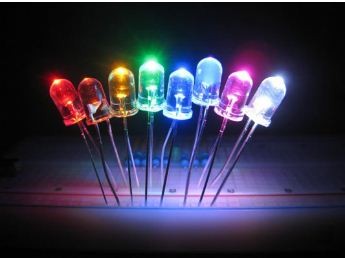
An overview of Light Emitting Diodes
Light Emitting Diodes (LEDs) are semiconductor devices that emit light when an electric current passes through them. LEDs have become increasingly popular and widely used in various applications due to their energy efficiency, long lifespan, compact size, and versatility. Here are some key points about LEDs:
LEDs are based on the principle of electroluminescence. When a voltage is applied to the semiconductor material within an LED, electrons and holes recombine, releasing energy in the form of photons (light). The color of the emitted light depends on the materials used in the LED's construction.
Energy Efficiency: LEDs are highly energy-efficient compared to traditional incandescent and fluorescent lighting. They convert a significant portion of electrical energy into light rather than heat. This efficiency results in lower energy consumption and reduced electricity costs.
Long Lifespan: LEDs have a much longer lifespan compared to traditional lighting sources. They can last tens of thousands of hours, depending on usage conditions. This longevity reduces the frequency of bulb replacements, making LEDs cost-effective over time.
Compact and Durable: LEDs are small and compact, allowing for design flexibility and versatility in various applications. They are also durable and resistant to shocks, vibrations, and temperature fluctuations, making them suitable for both indoor and outdoor use.
Color Options: LEDs are available in a wide range of colors, including red, green, blue, yellow, white, and even multi-color variations. This color versatility makes them ideal for applications such as decorative lighting, signage, and displays.
#snsinstitutions #snsdesignthinkers #designthinking